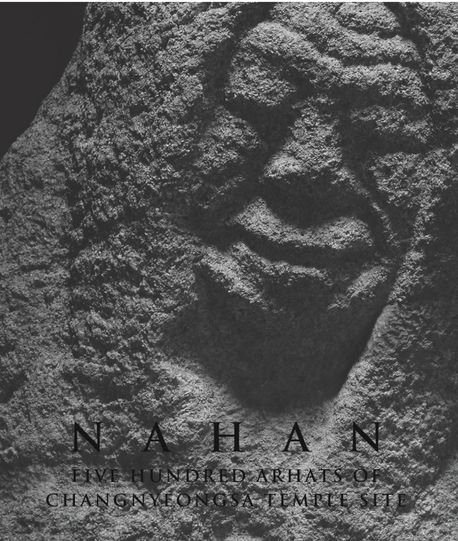<KR>
출판사 서평
우리나라에 이름 난 명산(名山)을 찾노라면 그 입구에서부터 아주 익숙한 소리가 들려온다. 산골짜기를 가득 채우는 맑은 목탁 소리와 그에 박자 맞춘 스님ㆍ불자의 독경 소리이다. 특정 종교의 의식(儀式)과 관련된 소리가 왜인지 익숙한 건 아마도 불교가 우리 역사 가운데 오랫동안 함께해 온 이유 때문일 것이다. 그만큼 사찰에는 지금도 계속되고 있는 우리의 역사와 문화가 켜켜이 쌓여 있다. 그래서일까? 사찰에는 우리가 느끼는 어떤 익숙함 이면에 특별함도 자리하고 있다.
사실 많은 이들에게 있어 사찰을 찾는다는 것은 불자가 아닌 이상 아주 특별한 경우에 해당한다. 그래서 많은 방문자들은 간혹 일주문을 지날 때, 불탑을 만날 때, 대웅전 앞에 설 때 무언가 궁금해지는 경우가 많다.
‘천왕문 양쪽에 서서 인상을 쓰고 서 있는 이 네 신(神)도 부처님인가?’
‘절 가운데 선 이 큰 건물의 이름이 절마다 다른 이유는 뭐지?’
‘절 건물은 왜 이렇게 화려한 걸까?’
사실 거기엔 다 사연이 있다. 하지만 ‘초보자’가 절 마당을 쓸고 있는 스님을 붙잡고 물어볼 수도 없을 터, 속 시원한 답을 얻기 힘든 게 사실이다.
읽을거리, 볼거리가 가득한 생생 가이드
이 책은 『 Korean Buddhism 』, 『 Encounter with the Beauty of Korean Buddhism 』을 비롯해 매년 한국불교 관련 외국어 서적을 기획?출간하여 우리 문화를 세계에 알리고 있는 한국불교종단협의회의 2019년 신간이다.
이번 도서의 콘셉트는 ‘사찰 구석구석이 궁금한 이들을 위한 불교문화 가이드’로, 특별한 점은 제목에서도 느낄 수 있는 ‘생생한 현장감’에 있다. 우리 사찰을 이루는 전형적인 요소들, 이를테면 일주문, 천왕문, 종고루를 비롯해, 불탑, 불전(佛殿), 부도밭 등을 친절하게 소개하며, 방문자들이 궁금해 할 수 있는 지점들을 족집게처럼 골라내 그간의 답답함을 해소시켜 준다. 무엇보다 부처님 세상(Buddha’s Land), 즉 사찰을 향해 가는 걸음(step)에 따라 책을 구성하고 있어 우리 전통 사찰을 찾는 이들에게 매우 유용하다.
[이 책을 따라 떠나는 사찰 기행]
당간지주- 하마비 - 일주문 - 금강문 - 천왕문 - 종고루 - 우화루 - 불탑 - 석등- 불전 - 요사채-부도밭
더욱이 권 초 일러스트 지도와 각 부분에 알맞은 우리나라의 대표 사찰 및 유물의 사진을 약 100여 컷 담고 있어 볼거리, 읽을거리가 가득하다.
우리나라 독자와 외국 독자가 함께 떠나는 사찰 기행
이 책은 2018년 발간된 도서인 『Empty and Marvellous』와 같이 영문과 국문이 교차 편집되어 있다. 그리하여 그동안 외국 독자를 중심으로 발간되었던 그간의 도서에서 한 발 더 나아가 우리 독자와 외국 독자가 함께 읽는 사찰 문화 가이드를 완성하였다.
이 책은 현재 불교계와 학계에서 활발한 활동을 이어오고 있는 미술사학자 주수완 씨가 집필하였으며, 한국불교에 대한 깊은 관심으로 불교계에서 오랜 시간 통?번역을 맡아 온 홍희연 씨가 영문 번역을 맡았다. 이 두 사람은 이번 프로젝트의 구성과 기획에 적극 참여하며 우리 불교에 대한 애정을 한껏 담아냈다.
마지막으로 외국 독자들을 위한 책 소개를 위해 내용 일부를 발췌해 본다.
[ENG]
This book begins with us approaching the Buddhist temple from outside. Then, as you enter the temple proper, it walks you through the temple compound, its sacred halls and pavilions, whose every nook and cranny is whispering the teachings of Buddha in symbols and metaphors. If this book helps even in the smallest way to set you on the path toward complete freedom, what more can I ask?
(…)
Over time, a large throng of buddhas and bodhisattvas have come to inhabit Korean temples. Why would Korean Buddhism need so many? Perhaps a temple is a microcosm of human life.
We cannot experience the flow of life as it really is while constantly struggling to stay afloat amidst the rough currents of its trials and tribulations. The multitude of buddhas and bodhisattvas epitomizes the incredibly diverse aspects of our lives, highlighting each facet in clear focus.
When coming to a temple you experience layers upon layers of history that stretch over millennia, the unbroken lineage of Buddha’s teachings that are manifested in its very layout, design, and decor. Walking around a temple is not unlike traveling back in time and coming face-to-face with Sakyamuni Buddha himself. If you have already intuited that his visage looks not much different than your own, then you are already standing in front of the secret innermost chamber of the temple and knocking on its door.
Publisher Book Reviews
If you visit one of Korea's famous mountains, you will hear a very familiar sound at the entrance. It is the sound of clear wooden drums filling the valley and the chanting of monks and Buddhist monks in rhythm with them. The familiarity of the sounds associated with the rituals of a particular religion is probably due to the fact that Buddhism has been a part of our history for a long time. The temples are steeped in our history and culture that continues to this day. Is that why? There's something special about temples that lies beneath their familiarity.
In fact, for many people, visiting a temple is a very special occasion, unless you're a Buddhist. As a result, many visitors often find themselves wondering something as they pass through the main gate, encounter a pagoda, or stand in front of the Great Hall.
'Are these four deities standing on either side of the gate, wearing impressions, also Buddhas?'
"Why does this large building in the middle of the temple have a different name in each temple?
"Why are the temple buildings so colourful?
There's actually a story behind all of them. However, as a 'beginner', it's unlikely you'll be able to stop a monk sweeping the temple grounds and ask him a question, so you're unlikely to get a straight answer.
A lively guide full of things to read and see
This book is the 2019 release of the Korean Buddhist Religious Affairs Association, which plans and publishes foreign-language books on Korean Buddhism every year, including Korean Buddhism and Encounter with the Beauty of Korean Buddhism.
The concept of this book is 'a guide to Buddhist culture for those who are curious about every corner of the temple', and the special feature is the 'vivid sense of reality' that can be felt in the title. The book introduces the typical elements that make up our temples, such as the Iljumun Gate, Tianwang Gate, and Jonggoru, as well as pagodas, Buddhist halls, and Buddhist gardens, and resolves the frustrations of visitors by picking out the points they may be curious about like tweezers. The book is organised according to the steps to Buddha's Land, which is very useful for visitors to our traditional temples.
[Follow this book on a temple journey].
Danganji Temple - Hamabi Temple - Iljumun Temple - Geumgangmun Temple - Cheonwangmun Temple - Jonggoru Temple - Wuhwaru Temple - Pagodas - Stone Lanterns - Buddhist Temples - Yosachae Temple - Budo Field
In addition, there are illustrated maps at the beginning of the book and about 100 photographs of representative Korean temples and artefacts to match each section, so there is plenty to see and read.
A temple journey for Korean and foreign readers alike
This book is cross-edited in English and Korean, just like the book Empty and Marvellous, which was published in 2018. This book takes a step forward from previous books that have been published mainly for foreign readers and completes a guide to temple culture for both Korean and foreign readers.
This book was written by Suwan Joo, an art historian who is currently active in Buddhist circles and academia, and translated into English by Hee-yeon Hong, a long-time translator in the Buddhist community with a deep interest in Korean Buddhism. Both of them actively participated in the organisation and planning of this project, and have expressed their love for Korean Buddhism.
Finally, here are some excerpts to introduce the book to foreign readers.
<FR>
Ce livre commence par nous approchant du temple bouddhiste de l'extérieur. Puis, en entrant dans le temple proprement dit, il vous accompagne à travers l'enceinte du temple, ses salles sacrées et ses pavillons, dont chaque coin et chaque recoin murmurent les enseignements de Bouddha en symboles et métaphores. Si ce livre vous aide, même de la moindre façon, à vous mettre sur la voie de la liberté totale, que puis-je demander de plus ?
(…)
Au fil du temps, une foule de bouddhas et de bodhisattvas sont venus habiter les temples coréens. Pourquoi le bouddhisme coréen en aurait-il besoin ? Peut-être qu'un temple est un microcosme de la vie humaine.
Nous ne pouvons pas connaître le flux de la vie tel qu'il est réellement tout en luttant constamment pour rester à flot au milieu des courants violents de ses épreuves et de ses tribulations. La multitude de bouddhas et de bodhisattvas incarne les aspects incroyablement divers de notre vie, mettant en évidence chaque facette de façon claire.
Quand on arrive dans un temple, on vit des couches sur des couches d'histoire qui s'étendent sur des millénaires, la lignée ininterrompue des enseignements de Bouddha qui se manifestent par sa disposition, sa conception et sa décoration. Se promener dans un temple n'est pas différent de voyager dans le temps et de se retrouver face à face avec Bouddha Sakyamuni lui-même. Si vous avez déjà intuité que son visage ne semble pas très différent du vôtre, alors vous vous tenez déjà devant la chambre secrète du temple et frappez à sa porte.
Révisions de livres de l'éditeur
Si vous visitez l'une des célèbres montagnes coréennes, vous entendrez un son familier à l'entrée. C'est le bruit de tambours clairs en bois qui remplissent la vallée et le chant des moines et des moines bouddhistes en rythme avec eux. La familiarité des sons associés aux rituels d'une religion particulière est probablement due au fait que le bouddhisme fait partie de notre histoire depuis longtemps. Les temples sont imprégnés de notre histoire et de notre culture qui se poursuit jusqu'à aujourd'hui. C'est pour ça ? Il y a quelque chose de spécial dans les temples qui se cache sous leur familiarité.
En fait, pour beaucoup de gens, visiter un temple est une occasion très spéciale, à moins d'être bouddhiste. Par conséquent, de nombreux visiteurs se demandent souvent quelque chose en passant par la porte principale, en rencontrant une pagode ou en se tenant devant la Grande Salle.
"Ces quatre divinités sont-elles debout de chaque côté de la porte, portant des impressions, aussi des Bouddhas ?"
"Pourquoi ce grand bâtiment au milieu du temple a-t-il un nom différent dans chaque temple ?
"Pourquoi les temples sont-ils si colorés ?
Il y a une histoire derrière tout ça. Cependant, en tant que "débutant", il est peu probable que vous puissiez empêcher un moine de balayer le terrain du temple et lui poser une question, donc vous n'aurez pas de réponse claire.
Un guide animé plein de choses à lire et à voir
Ce livre est la sortie 2019 de l'Association coréenne des affaires religieuses bouddhistes, qui planifie et publie chaque année des livres en langue étrangère sur le bouddhisme coréen, y compris le bouddhisme coréen et la rencontre avec la beauté du bouddhisme coréen.









































